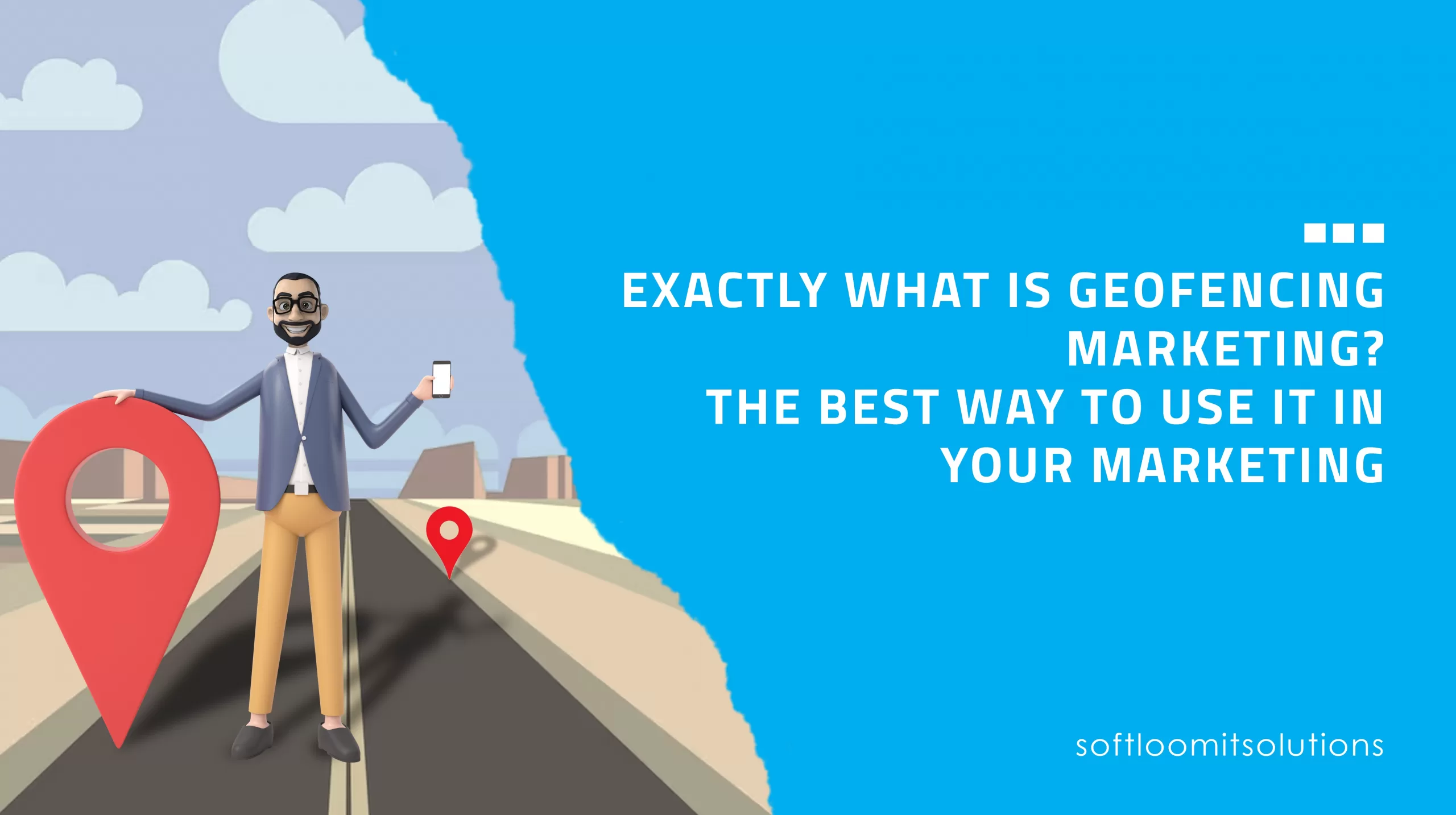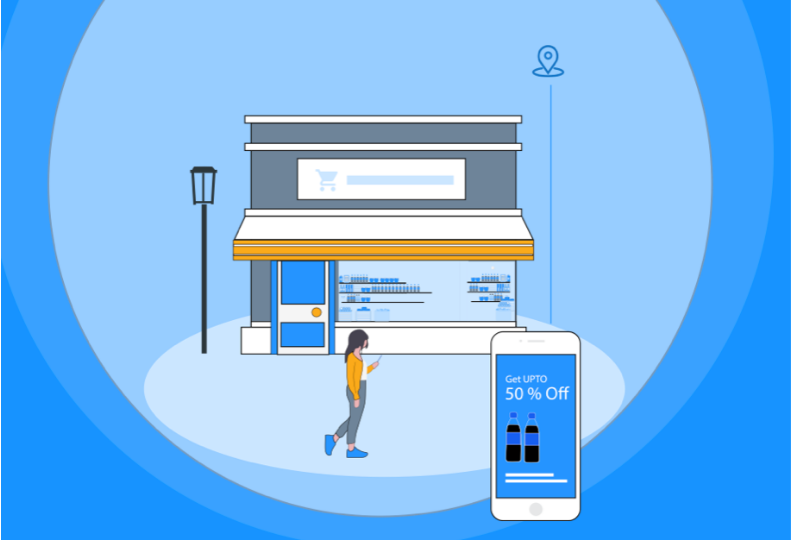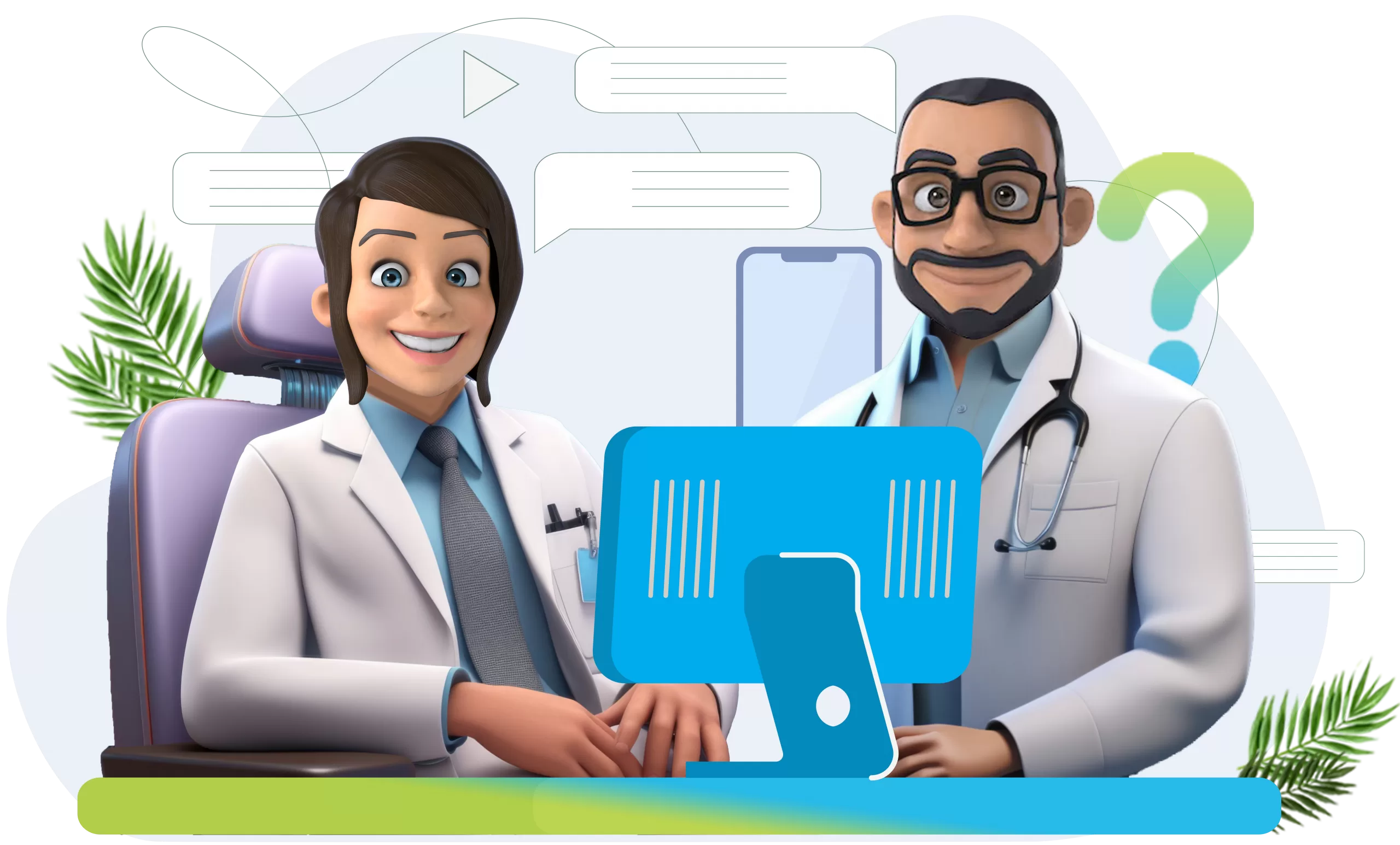Geofencing has taken mobile marketing to a new level, allowing companies to target potential customers within a specific geographic area. A geofence surrounds a business location by combining several technologies, including:
- GPS
An individual’s location can be triangulated to a high degree using the Global Positioning System, a network of satellites orbiting the earth.
- Radio frequency identifiers
Bluetooth technology uses radio waves to connect small computer chips.
Smartphones use beacon technology to alert apps when approaching or leaving a location. Bluetooth signals detect when you are near a beacon, such as a checkout counter.

The popularity of smartphones and mobile devices has made geofencing a precious marketing tool for business owners. Now we can discuss about the best way to use in market.
With geofencing marketing, mobile users can create interactive shopping lists (and get reminders to pick up milk), home security systems, garage door openers, and automatic coffee makers. The restaurant offers are valid for a limited time or suggestions for restaurants you’ve never tried. In addition, push notifications, and location-based mobile ads are gaining popularity among marketers.
Hyper-targeted, location-based marketing will undoubtedly be the next big thing in digital marketing. So it’s time to get started. First, let’s examine geofencing’s benefits, and then we’ll discuss how geofencing can help you be a proactive marketer.
3 Benefits of Geofencing Marketing
Geofencing marketing is an effective tool, but online marketing may benefit the most since it allows them to take their efforts to a new, more localized level. Here are some advantages of geofencing marketing.
Enhance Local Sales
It is extremely valuable for most businesses (and their SEO) to rank high in local searches. A geofencing strategy can help you improve your local performance.
The location-based system allows you to target local customers within a defined geographical area. Customers in your area can receive promotions via push notifications. Your local customers will likely buy from you if you change promotions daily or have limited-time offers.
Increase Analytics and Tools for Metric Analysis
Measuring local sales can take time and effort. What prompted a customer to visit your store? Connecting these efforts to your online efforts can be challenging if you can conduct surveys of only some customers who walk into your store. You can measure several metrics if customers come in with your geofencing promotions, including how long they spend in your store and how often they return. Your analytics can benefit from all of this information.
Provide Personalization for Customers
Geofencing marketing can also be used to collect data for personalizing customer offers. It provides demographic information about the local population, including what interests them. For example, your promotions can be adjusted if you learn that local customers prefer a certain product based on purchase history.
Implementing geofencing marketing into your marketing strategy
An app and GPS coordinates are all you need to get started with geofencing. Next, please take the appropriate steps to let your current social audience know that you regularly promote geofencing. Unfortunately, only some customers can use this on their phones. Being proactive is essential when implementing geofencing. Therefore, before you launch, take into account all the typical components of your current marketing strategy, including the following:
Get to know your customers’ demographics and insights
Make sure you comprehend customer demographics and who your local customers are before you start marketing with geofencing. By doing this, ensure that the promotions you use will be the most effective and yield the desired outcomes.
Keep it Close
You want your geofencing area to be manageable. Generally, a travel radius of four to five minutes is recommended. For example, a four-to-five-minute walking radius is ideal in cities where most people walk; alternatively, a four-to-five-minute transport distance is perfect if most people drive.
Immediate Action
Make sure your call to action (CTA) is clear and requires immediate action. Advertise in a way that will get people to your location as soon as possible.
Respect Privacy
It would help if you were transparent with your mobile customers. Tell them how you access their information, primarily through an app they use. Help them feel comfortable returning to your app and location-based marketing in the future by giving them the confidence to interact with it.
Targeting Techniques
Context targeting, day-parting, content targeting, and repeat targeting are a few strategies you can use with geofencing, according to INMOBI. You can target various niche audiences and customize your message with these options.
The Takeaway
While geofencing is gradually gaining rage, it is best to start using it to understand your local demographics better, boost sales, and implement location-based marketing strategies.







